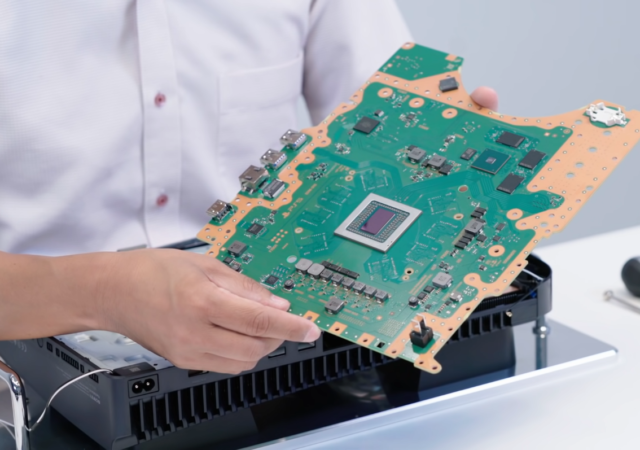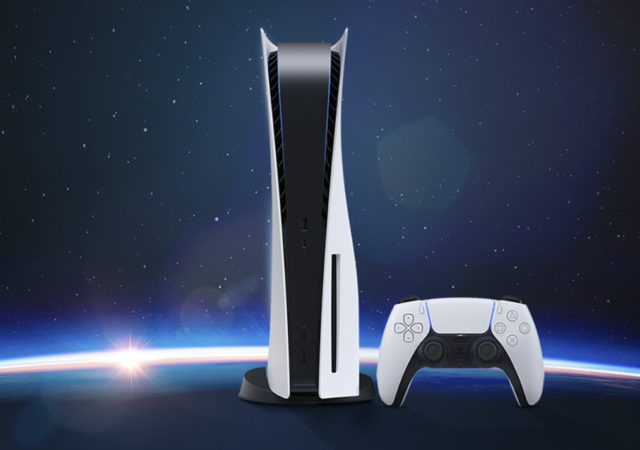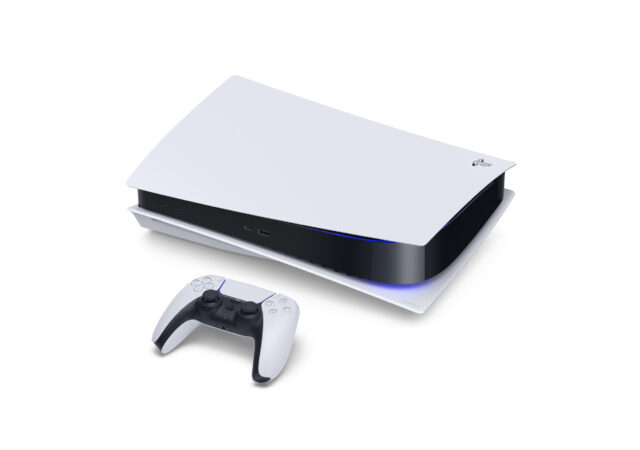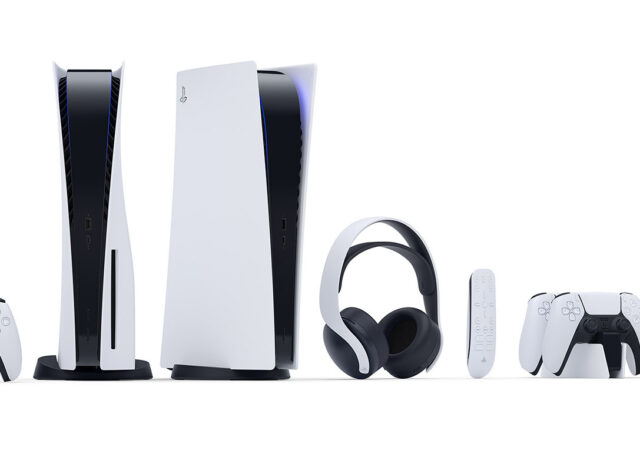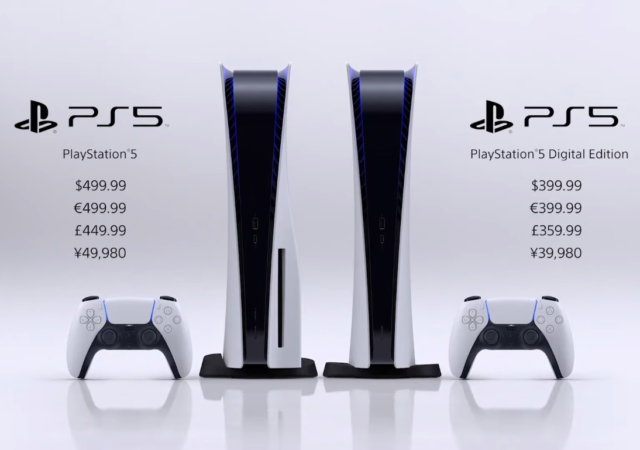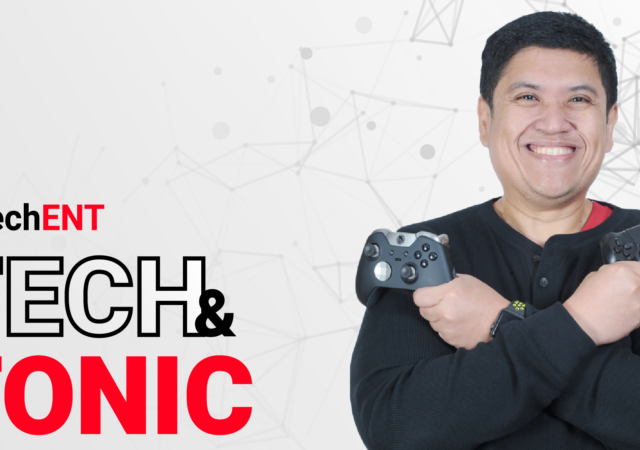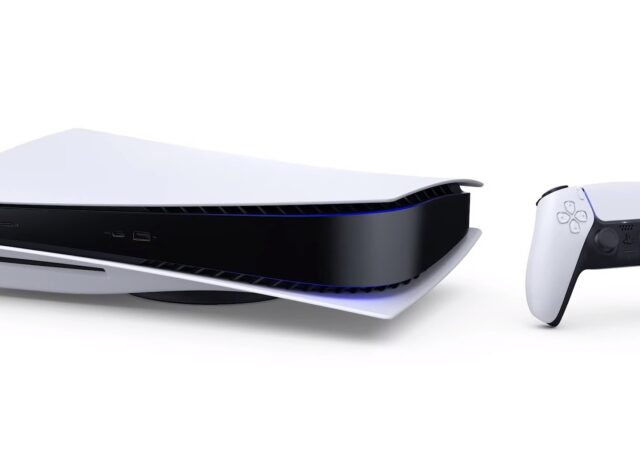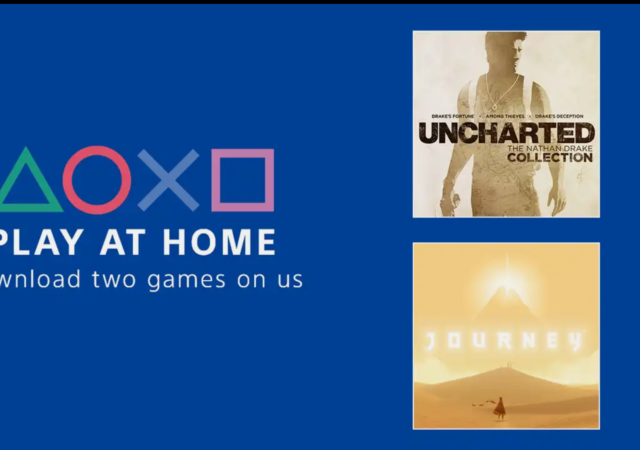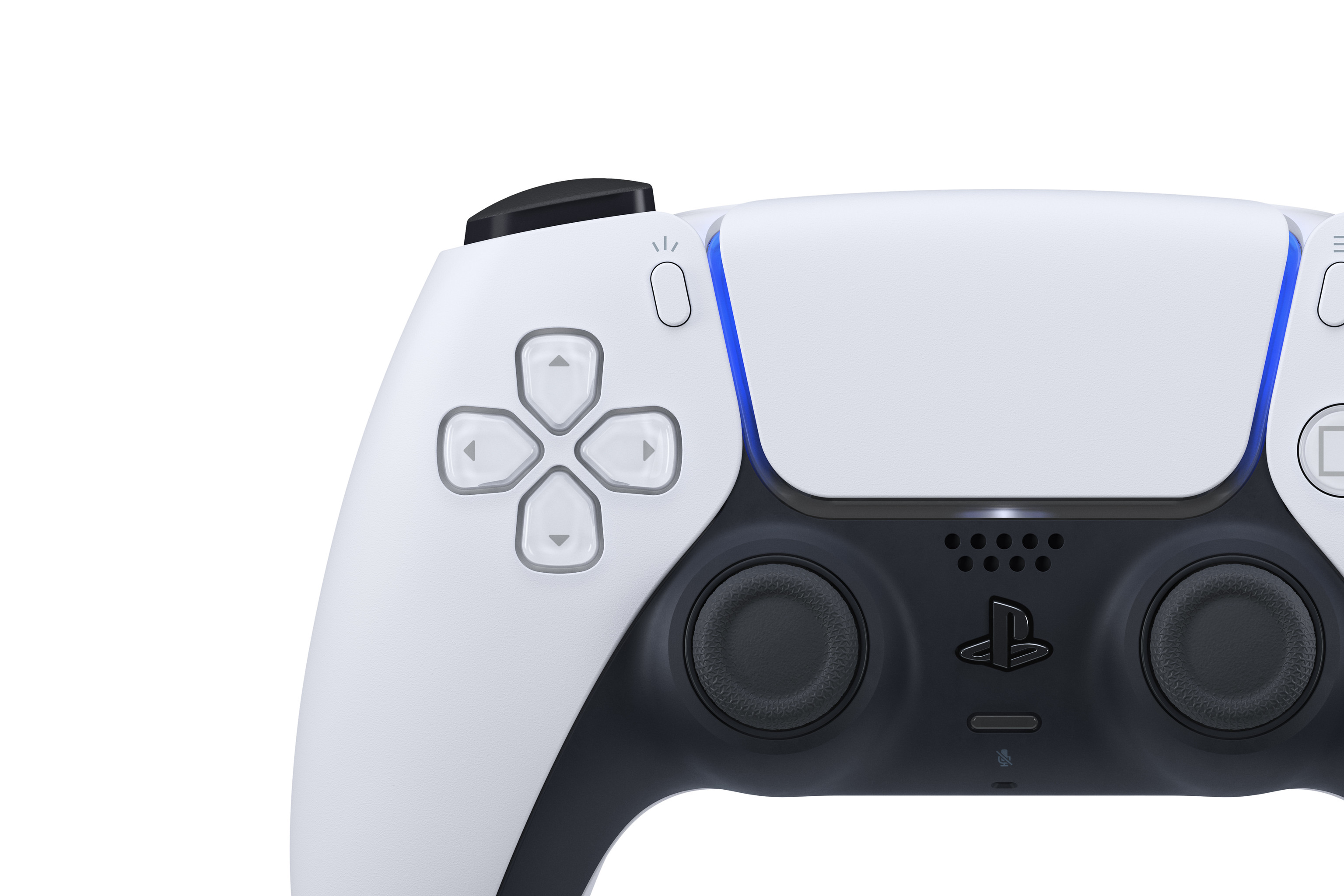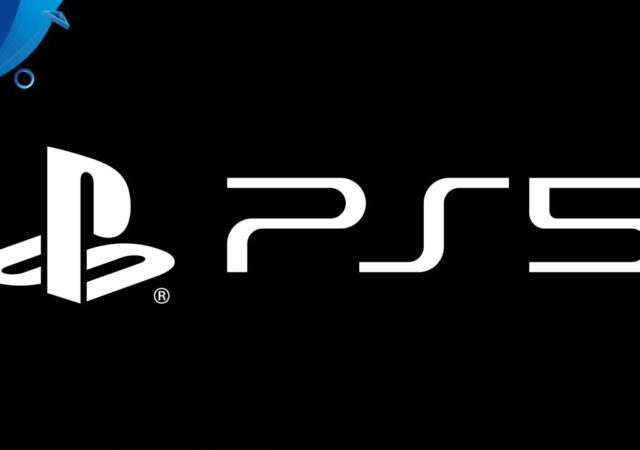Sony’s PlayStation 5 may have a little set back at launch but it could be for the better!
PlayStation 5 Cheat Sheet: Everything You Need To Know About Sony’s New Console
Sony’s PlayStation 5 is making it’s debut! Here’s everything you need to know about the AMD powered next generation console.
Sony Clears the Air with PS5’s Voice Recording Feature
Sony comes under fire as PlayStation 4 firmware update reveals that they PlayStation 5 will be recording online conversations
99% of PS4 games will be Playable on the Playstation 5 according to Sony
With the pending arrival of Sony’s long-awaited next-generation console: the PlayStation 5, many are looking for more information about the system’s new UI and for more concrete information on how the backward compatibility will work on the PS5. To cut the…
[Podcast] Tech & Tonic Episode 16 featuring Hasnul Hadi – It’s All About the Playstation 5 Baby!
This week we had the pleasure of speaking to Hasnul Hadi Samsudin of the Malaysian Digital Economy Corporation (MDEC). You may recognise him from the many, many press appearances he’s done and also from our social media and around the…
PlayStation Kicks Off #PlayAtHome Initiative
Sony Interactive Entertainment kicks of its Play At Home Initiative to keep players at home and support the indie game development industry.
Meet DualSense, Your PlayStation 5 Controller
Sony takes the veils off their new controller, the DualSense. The new controller tows Sony’s mission to “push the boundaries of play”.
PlayStation 5 Specs Revealed! Underwhelming? Not Exactly.
The Sony PlayStation 5 is soon launching at the end of 2020. There are still plenty of question marks surrounding the anticipated gaming console though. Today, we know what kind of power it will pack. Slightly underwhelming, but still impressive.



